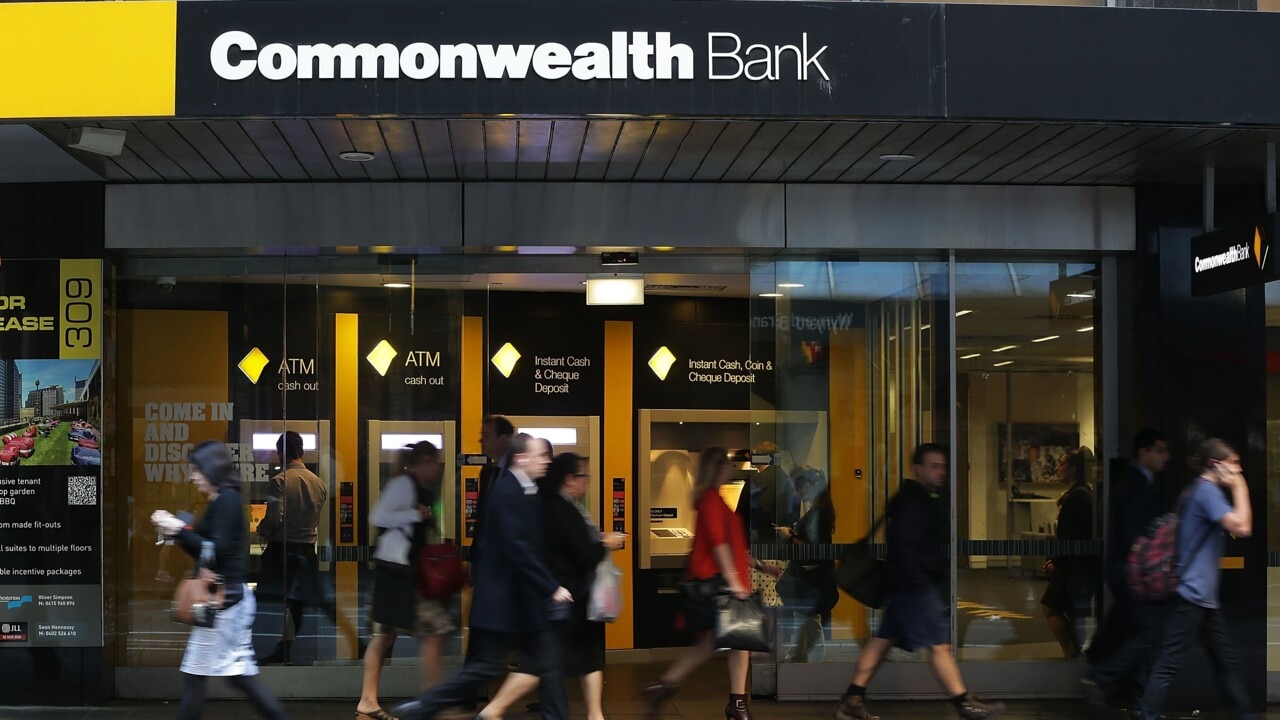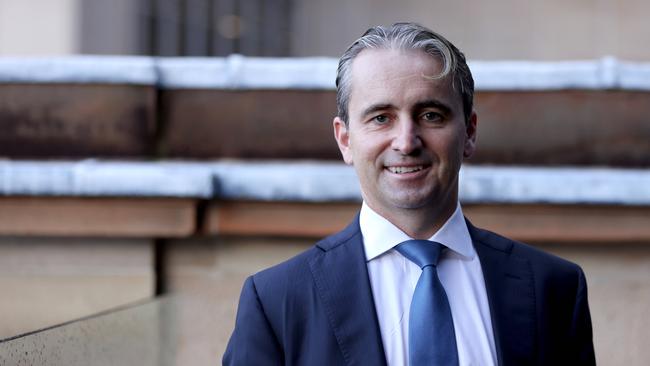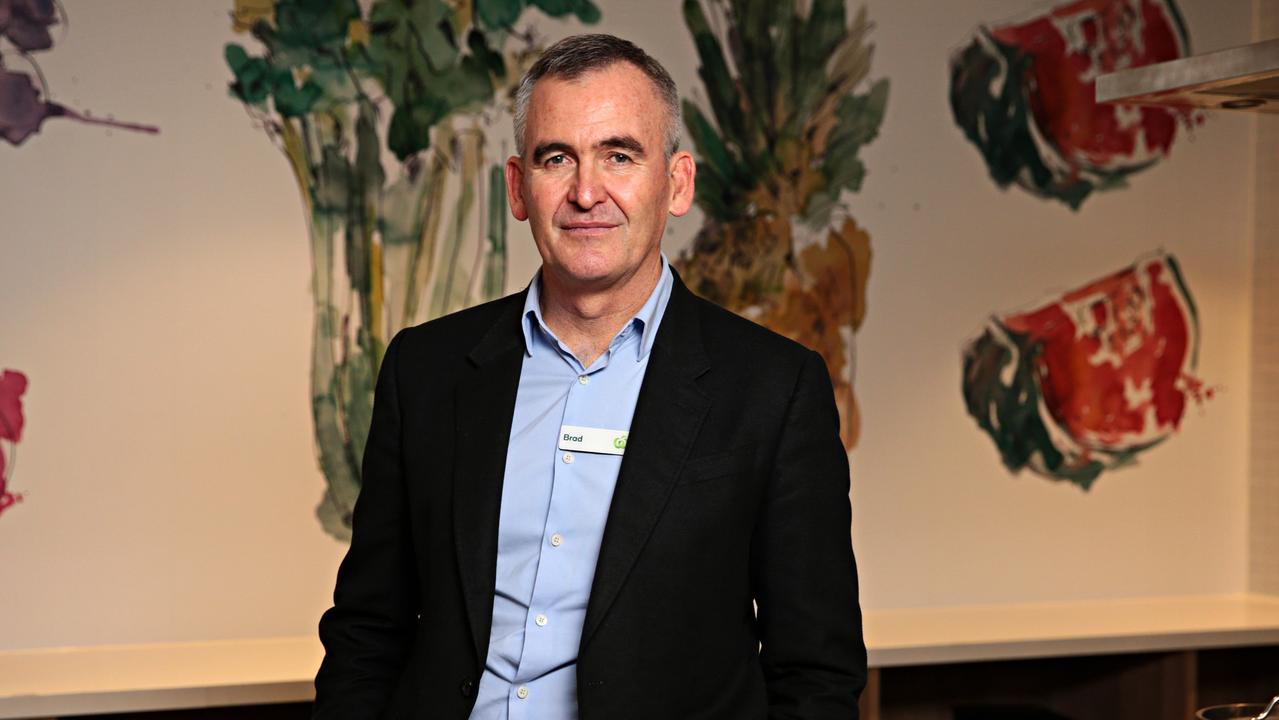CBA way ahead of rivals in screwing depositors
The CBA’s latest trading update showed it really went to town at its depositors’ expense on the back of the RBA’s rate hikes this year and it’s not a bit shy admitting it.

Terry McCrann
Don't miss out on the headlines from Terry McCrann. Followed categories will be added to My News.
Well, well, the nation’s biggest, most confident and easily most successful bank really went to town at its depositors’ expense on the back of the Reserve Bank’s rate rises – and wasn’t the least bit shy at admitting and even boasting about it.
The CBA September quarter numbers, released Tuesday, also gave the lie to the hysteria over the RBA rate rises supposedly devastating the property market.
No, CBA’s property lending was alive and well - albeit down from the crazy growth rates of the ‘free money’ Covid years - as indeed was the home lending of the other three big banks
As I explained last week, the other three - Westpac, NAB and ANZ which all balance at end-September – lifted their loan interest rates much further and faster than their deposit rates through the September half.
As a consequence, they each directed around $600-700m straight to their bottom lines for their half-years alone – and, I might also note, around $200m of that each on to the taxman in Canberra.
Now, they didn’t exactly shout what they’d done from their respective rooftops. The CBA was nowhere near as shy. And boy, the CBA also made them look pikers at screwing their depositors.

The smaller three big banks lifted their ‘Net Interest Income’ or NIY – the difference between what they get from borrowers and what they pay depositors – by between 7 per cent (Westpac) and 9.6 per cent (NAB) in their rate-rising September half-years.
So what did the CBA do in the September quarter? It lifted its NIY by a thumping 16 per cent.
The main driver was what the CBA quaintly termed “higher deposit earnings”. In non-bank speak, that is lifting deposit rates slower and not as far as CBA was lifting lending interest rates with the RBA rises.
Indeed, CBA further emphasised that it was deposit rates driving the NIY surge, when it noted that the benefit of those “deposit earnings” had been partially offset by the “impact of competition” on lending rates.
Furthermore, it’s important to remember that CBA – and indeed all the banks – couldn’t lift some of its lending rates at all through the quarter/half.
Those were rates on existing fixed-term home loans.
This meant they got even more money, relatively, from depositors than the raw NIYs would suggest.
Further, importantly, as those loans reach the end of their fixed terms, the banks will get a rolling series of one-off but sustained income surges, as borrowers either roll-over into the variable rate or fix again – in both cases, at significantly higher interest rates.
CBA reported home lending grew at a solid 5.1 per cent in the September quarter.
Yes, that’s down on the 7.4 per cent growth through the ‘free money’ June year.
But that to me suggests a still healthy property market; especially when you note two things.
CBA was again lending slightly below system-growth, taking a more prudent approach to borrowers. And the 5.1 per cent growth figure in actual loan volumes was built ON TOP OF the 7.4 per cent growth of the previous year.
In short, that’s a lot of lending, and it was replicated across the banking system.
So how come the 16 per cent net interest income surge in the quarter ended up as only a 2 per cent rise in bottom line profit?
A little bit of a handbrake was the return (compared to 2021) of loan loss provisions, as I’ve discussed with all the banks.
The big factor, though, was a robust 4.5 per cent increase in, mostly, higher staff costs on the back of, and I quote, “wage inflation”.
That rings a bit of a generalised and serious warning bell to me.
But it also reflects CBA’s market-leading business-building investment in staff.
Originally published as CBA way ahead of rivals in screwing depositors





